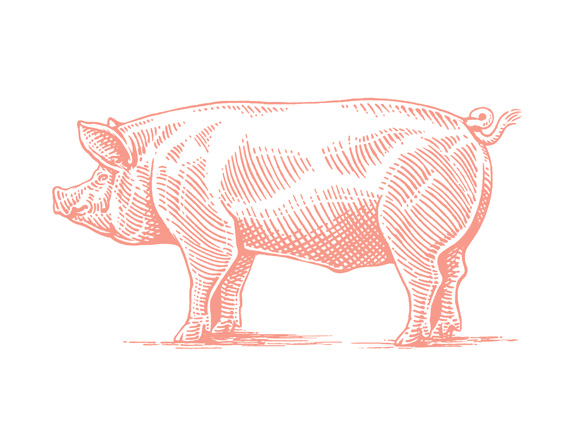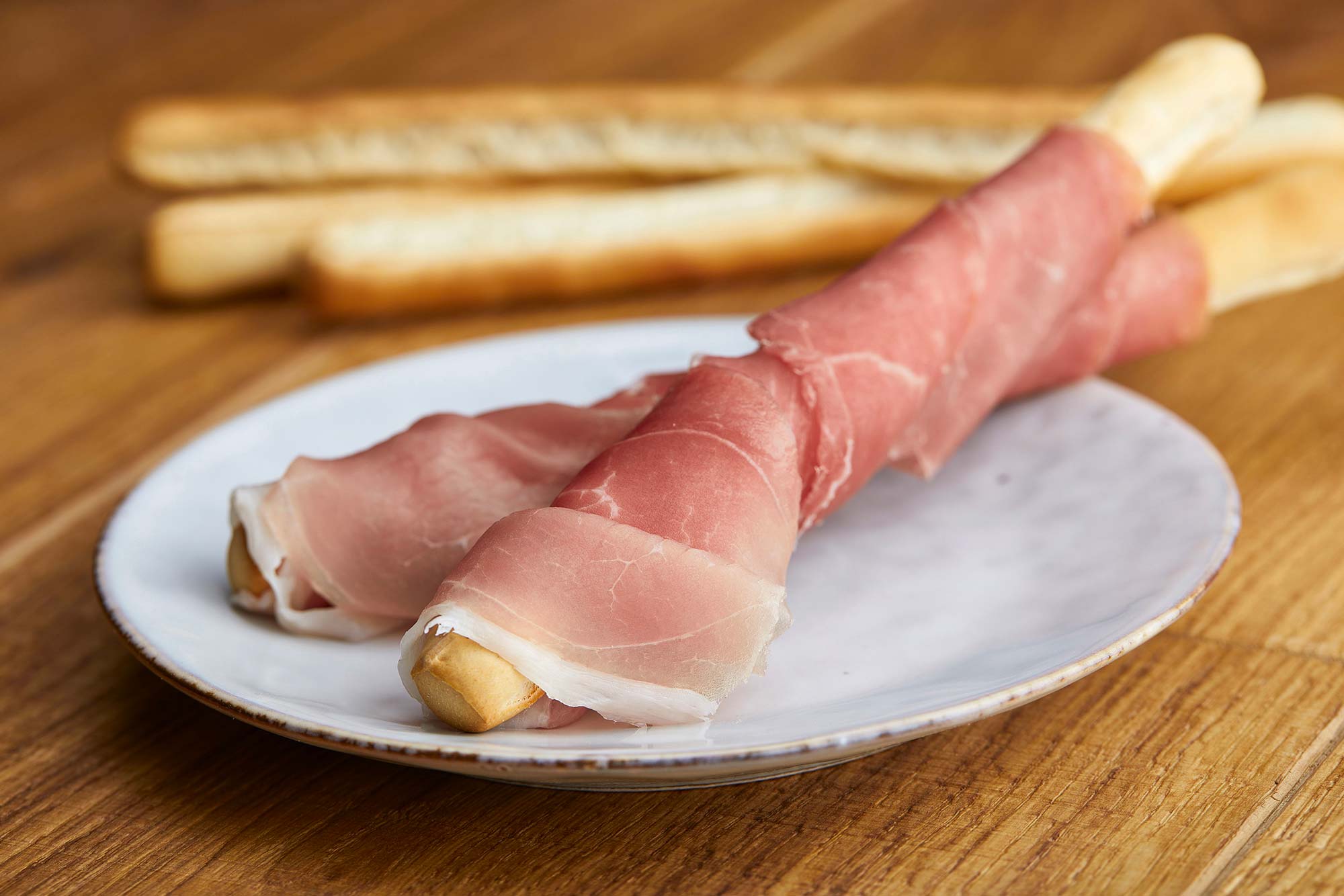
The Pigs
The pigs selected for the production of Prosciutto di San Daniele PDO are all from Italian breeds: each leg is obtained from selected heavy breed Italian Large White, Landrace and Duroc, born, raised and slaughtered in the delimited production area of the ten Italian regions of the Center-North listed in the Production Regulations.
The pigs selected for the production of Prosciutto di San Daniele are all from Italian breeds: each leg is obtained from selected heavy breed Italian Large White, Landrace and Duroc, born, reared and slaughtered in the production area delimited by ten regions Italian:
Friuli Venezia Giulia, Veneto, Lombardy, Piedmont, Emilia-Romagna, Umbria, Tuscany, Marche, Abruzzo and Lazio.
Animals are allowed, in purity or derivatives, of the traditional Large White and Landrace basic breeds, as improved by the Italian Herd Book. Animals derived from the Duroc breed are also allowed, as improved by the Italian Herd book. Animals of other breeds, mestizos and hybrids are also allowed, provided they come from selection or crossing schemes with purposes compatible with those of the Italian Herd Book, for the production of heavy pigs.
The predicted genetic types are characterized by the achievement of high weights; the Production Regulations require an average weight of 160 kilograms (plus or minus 10%).
When the pork legs arrive at the ham factories, they have already undergone an initial selection: each piece must comply with a minimum weight standard of 12.5 kg and no more than 17.5 kg, with a constant ratio of lean mass and layer of fat. For each operation involving Prosciutto di San Daniele PDO, specific parameters must be observed, reported in the San Daniele Prosciutto Regulations, such as those relating to the thickness and correct consistency of the fat.
Fresh thighs must be stored exclusively by refrigeration, in order to ensure an internal temperature around + 0 ° C. These conditions must also be ensured in the subsequent transport and delivery phase and the legs must be delivered to the ham factories registered in the control system no later than 5 days from the date of slaughter.

